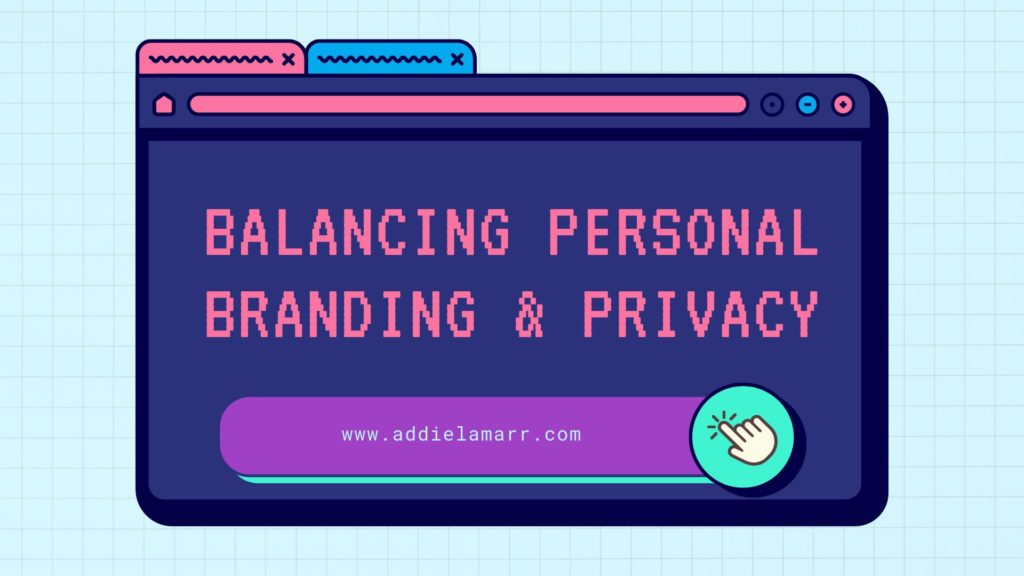Navigating the tricky waters of maintaining privacy while managing a large Instagram following for business purposes has been quite the challenge. As someone deeply entrenched in the digital world, I’ve grappled with finding the right balance between engaging a vast audience and preserving my personal space. With over 60,000 followers, I’ve had to carefully curate a public persona that thrives under the spotlight, all while fiercely guarding my private life behind the scenes. This balancing act has led me to a strategy I like to call “Selective Visibility.”
Selective Visibility is all about consciously deciding what aspects of my life I share online and what remains undisclosed. It’s a nuanced approach to online privacy, allowing me to leverage social media for business without sacrificing my personal boundaries. Here, I’ll dive into how adopting a strategy of gradual anonymity and selective preservation has empowered me to navigate the complexities of a public life online, highlighting the importance and viability of maintaining a privacy equilibrium in a world that seems to demand constant exposure.
The Art of Selective Sharing
Embracing Pseudonymity
Adopting a pseudonym has been my cornerstone strategy in controlling my digital narrative. This approach ensures that I can share my passions and connect with my audience without compromising my personal privacy. It’s a testament to the idea that one can maintain a vibrant online identity while keeping the most intimate details under wraps.
Deciphering Data’s Double-Edged Sword
In a well-documented case, Target’s advanced analytics systems analyzed a young woman’s shopping patterns and, based on her purchases of certain items that statistically correlated with pregnancy, sent her coupons for baby products. Unbeknownst to her, this act of targeted advertising revealed her pregnancy to her father, who saw the coupons before she had the chance to tell him. The situation not only surprised her family but also sparked widespread discussion about privacy, data collection, and the extent to which companies predict and respond to our personal life events based on our shopping habits. This story underscores the intricate ways in which our online and offline behaviors are tracked, often leading to unexpected and sometimes intrusive revelations.
This incident highlights how retailers like Target identify “pivot items”—products whose purchase signals a potential change in a consumer’s life stage. Unscented lotion, for example, is one such item that, when bought in conjunction with other specific products, can alert a retailer’s algorithm to the likelihood of a customer’s pregnancy. This sophisticated level of data analysis allows companies to tailor their advertising with uncanny precision, but it also raises important questions about privacy and the extent to which personal life changes are tracked and used by retailers without explicit consent.
Navigating Anonymity with Nuance
The Spectrum of Anonymity
True anonymity might seem like a fortress, but in reality, it’s a spectrum. From using VPNs to shield our browsing activities from prying eyes, to selecting search engines that respect our privacy, the choices we make determine the level of anonymity we enjoy. It’s about making tracking and monitoring as challenging as possible, not just for ISPs but for any potential snoopers.
Smart Communication Practices
Many apps tout their end-to-end encryption as a bastion of privacy, but a somewhat unsettling revelation I’ve come across is that this encryption doesn’t necessarily extend to the typing phase. That’s right—even though a message might be encrypted as it travels from sender to receiver, the platform could potentially observe what you’re typing in real-time. This means that while the content of your message might be secure in transit, its creation is not necessarily private. Understanding this limitation of encryption has taught me to tread carefully: not everything that claims to protect your privacy will cover all bases. My strategy? Operate under the assumption that true privacy is hard to come by and be discerning in my choice of communication tools.
Crafting Your Privacy Path
Tailoring Your Digital Footprint
The journey toward digital privacy is deeply personal. For me, it involves not using my real name, keeping my home and address offline, periodically changing phone numbers, and using unrelated usernames across platforms. For those moments requiring absolute privacy, I designate a separate email address.
Finding Your Balance
The essence of this discourse isn’t to advocate for complete anonymity or total transparency but to champion the freedom to choose your privacy level. The digital age, with all its complexities, allows for a personalized approach to what we reveal about ourselves. It’s not about hiding but about making informed choices that align with our comfort levels and privacy needs.
As we continue to tread through the digital age’s ever-evolving landscape, let’s embrace the power of informed choice. Remember, the balance between online engagement and personal privacy isn’t just achievable—it’s a practice that each of us can tailor to our individual lives. Through mindful sharing, vigilant use of privacy tools, and a commitment to our digital well-being, we can enjoy the best of both worlds: a fulfilling online presence and a protected personal space.
Together, let’s navigate this path, equipped with the knowledge and strategies to safeguard our privacy without dimming the brilliance of our digital personas.


